Casa de los Maldonado
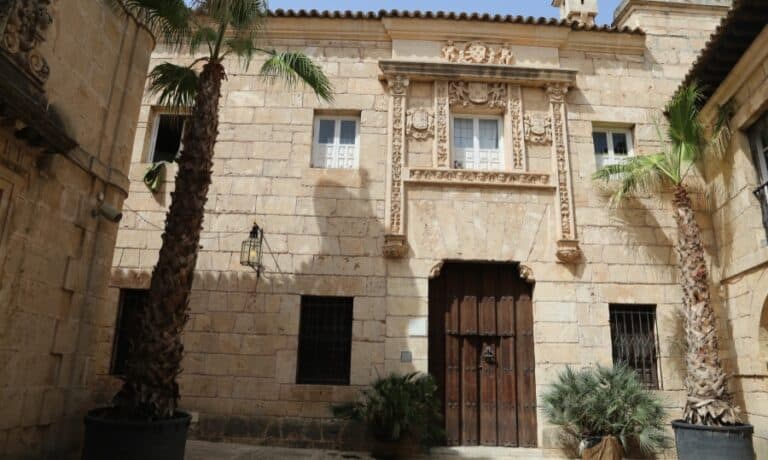
A typical example of the civil Plateresque style from the end of the 16th century.

A typical example of the civil Plateresque style from the end of the 16th century.

La Casa con Soportales de Béjar es un ejemplo de la arquitectura tradicional de muchas plazas mayores en ciudades castellanas. Estos soportales son una característica distintiva que embellece y aporta solera a estos espacios urbanos. Los soportales consisten en una…
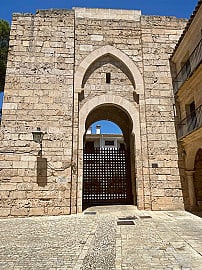
Erected in 1328 during the reign of Alfonso Xl. It is a dear example of the fusion of Gothic and Moorish styles.

Previously the Bad-AI-Mardum mosque, finished in 999 when Al-Mansur was the Caliph of Cordoba.

The colourful flowers adorning the windows of these houses are typical of this region: Ronda houses (Málaga), Buildings of Granada, Jerez de la Frontera (Cádiz) and the Deán's house (Arcos de la Frontera).

Through a small bridge, we arrive at the Plaza de Luis Vives (1492-1540). The dominant buildings in this square showcase Catalan and Aragonese architectural styles. Here, we find: – Casal de Tàrrega, an original Catalan Romanesque-style building from the late…
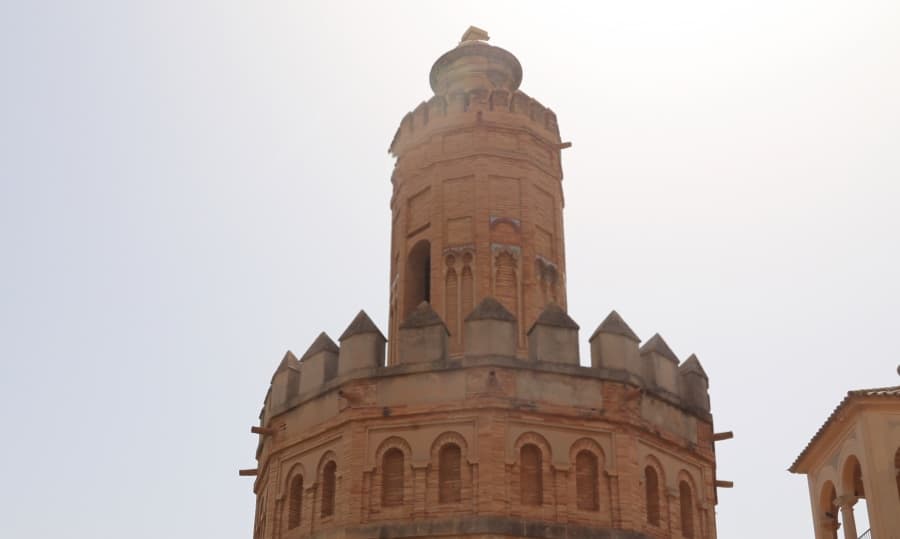
Built at the beginning of the 13th century, it is a magnificent example of the Almohades fortifications. It used to form part of the defence forces of the Alcázar de Sevilla and was used to watch the entrances to the city port.
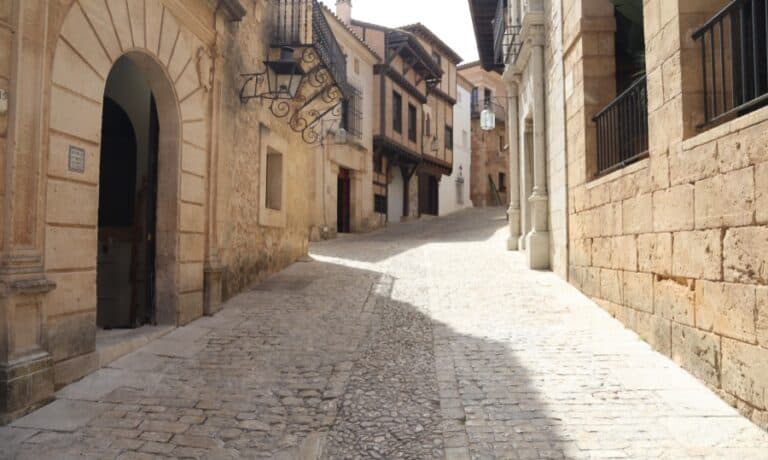
The main street flanked on the right by Casa de Las Águila de Avila and the house of Doña Leonor de la Vega. They are original from Santillana del Mar, Santander, a typical Northern Spanish Gothic style.
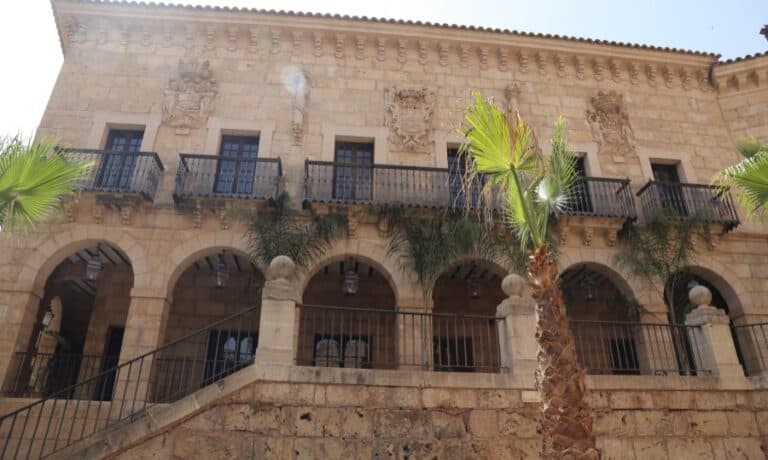
A very fine and obvious example of the numerous civil structures in the Basque country.

Fernando Chueca Goitia wanted to reproduce the style and the ambience of the typical Spanish town squares surrounded by porticos.